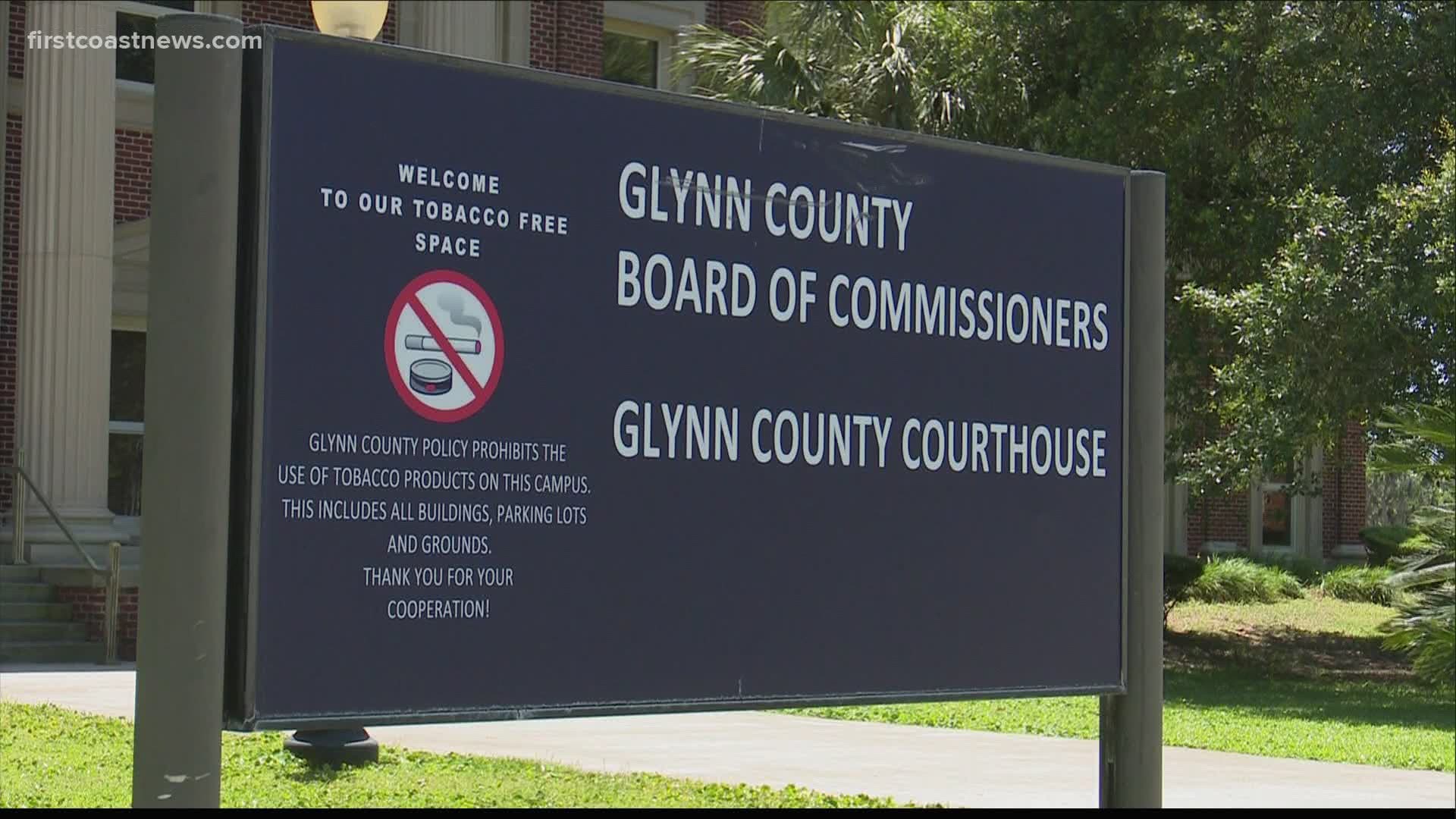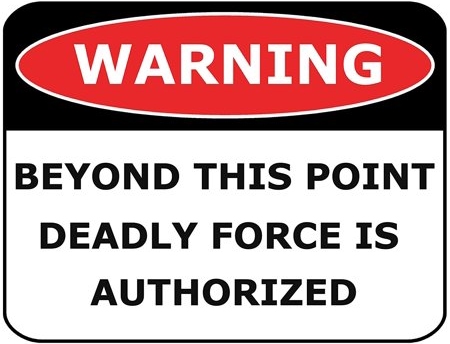
[For the pre-2020 explanation and analysis of the MAY and SHOULD elements of my deadly force paradigm, go HERE and HERE].
There’s little doubt 2020 (yikes, it’s not over as I write this) has been the most unsettled year in several decades. For the LEO, and for nonsworn toters of less lethal or firearms. The year’s noteworthy occurrences (anarchist riots causing property damage and death and injury to innocents, foolish and criminal confrontations between ideologues (fake and real), stupid/criminal authority challenges to and attacks on LEOs, millions of new gun owners with limited ammunition and skills) are courtesy of a deeply divided citizenry and political uncertainty. And of course, add — just because criminals, mental illness, and an imported virus “lockdown.”
I spend about three hours daily reading reports of use of force incidents by LEOs and the nonsworn, and statutes and cases, from all over the country. The MAY has taken a strange turn in many places, compelling a rethink of the SHOULD. LEOs, homeowners, victims on the streets, and Good Samaritans are being criminally charged for conduct in engaging in criminal intervention, effecting arrests, or defending property, their own lives, or the lives of others. Others, clearly criminal actors, are often not even arrested. Some arrested are let go with an attaboy or apology. Charges regularly appear political, or “social justice” inspired, not a good-faith misread or arguable interpretation of the law. Obvious exculpatory facts and the prosecution’s burden to affirmatively disprove the defense of justification are ignored. I have noted striking ignorance/confusion by supposed law enforcers (LEOs, prosecutors, and trial judges) about the MAY. The centuries old Grand Jury process is also frequently misstated or misunderstood. One can easily conclude that in 2020, judges and prosecutors are hardly expert on the applicable laws, and are not immune to absurd media and public pressure. The MAY has been missed altogether or rethought by them and thus isn’t necessarily what the statutes and case precedent demand. “De-escalation” is the new use of force g-d, regardless of whether it’s legally required or tactically sound. Or actually serves and protects the public.
Revisit your “self-defense insurance” decision, recheck your public attitude and actions, and risk tolerance. For those of you who already decided to bypass the SHOULD analysis and universally just apply the MUST (HERE), you’re probably already good to go. (Except when tactically, you’re not). As usual, it isn’t for me to tell you the parameters of your execution of the SHOULD (HERE). But, you might consider the mantras I propose when I lecture: DBAD (don’t be a dick); MYOB (mind your own business); FSYG (forget Stand Your Ground); SP (speak politely); SYP (swallow your pride). For the sworn: Be creative, innovative, and adapt. Don’t lose sight of the noble mission and the oath you swore.
The MAY is being inexorably altered by ignorance and bad judgment. When you rethink your SHOULD, tweak your CAN (mindset, equipment, tactics). First up, consider carrying less lethal; maybe two forms. I recently replaced my decades old 10-pound ABC fire extinguishers. One is now on the floor by the front door, hidden from view.
As for 2021? Expect much worse. Buckle up. If you think there’s a light at the end of the tunnel, remember, it may just be that of an oncoming train. (Hat tip: R. Lowell).
Disclaimer: No MSW post constitutes particularized legal advice, or creates an attorney-client relationship with a reader.





:max_bytes(150000):strip_icc()/national-flag-canada-lge2-56a0e57f5f9b58eba4b4f422.jpg)










